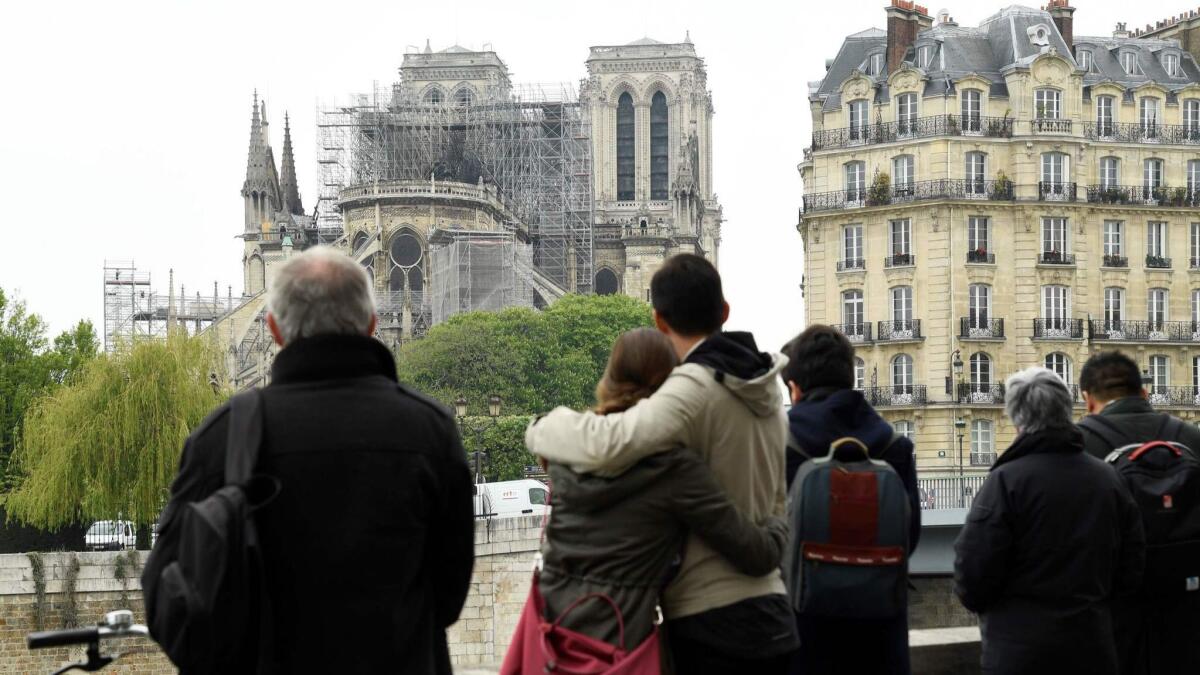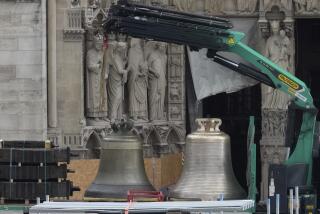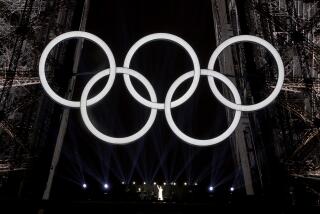For travelers, Notre Dame remains the heart of Paris after devastating fire

I am not French. Perhaps you aren’t either, but if you love Paris, as I do, if you love art and architecture and history, you were staggered when you learned Monday that Notre Dame Cathedral was on fire.
I’m also not Catholic, although my mother was. I remember her reading aloud to me a children’s illustrated edition of Victor Hugo’s “The Hunchback of Notre Dame,” probably a glorified comic book, illustrated with fanciful drawings designed to stimulate childish fancy. Later I read the complete novel, first in English and then in French.
Then there were the movies: the 1923 version starring Lon Chaney as the hunchback Quasimodo; the 1939 film with Academy Award-winner Charles Laughton as Quasimodo; Disney’s animation of 1996, this time with Tom Hulce as the voice of Quasimodo.
The fire may have had special meaning for Catholics and French citizens, for readers and movie lovers, but you do not have to be any of these to have gasped at the news. For travelers, who are not of the city nor, in reality, part of its fabric, the near-loss induced the kind of panic that comes when they see a priceless work of art, a part of our cultural patrimony, in flames.
Beacons should not, must not be extinguished.
Notre Dame is the most-visited cathedral in one of the most-visited countries in the world. Beyond its position as a place of worship, it is an artistic masterpiece, an inspiration for writers, artists, architects and anyone moved by grand human achievements, and a symbol of civilization that extends well beyond France.
From the summer of 1971, when I first visited Paris, to a couple of weeks ago on my most recent trip, I always go to Notre Dame, if only briefly, just one of the 12 million or more who make the pilgrimage each year. If time allowed, I would wait in line and pay 8.5 euros, a little less than $10, to climb the south tower’s 380 steps.
I did it for the view, of course, or perhaps to take a selfie with a chimera or two.
And those chimeras! Scary winged creatures, some feline-featured, some simian-like, one gnawing ghoulishly on some prey. I hope they survived.
Take heart: Survival seems to be encoded in Notre Dame’s DNA.
In 1548, fanatical French Huguenots directed their puritanical ire at some of its statues, which they judged idolatrous.
Then there was the what Michelin Green Guide to Paris bitterly calls “successive mutilations” and “vandalism,” wrought most notably by French architects Robert de Cotte and Jacques-Germain Soufflot in the 17th and early 18th centuries.
The mobs of the French Revolution in the late 18th century were no kinder, smashing and beheading 28 statues of the Kings of Judea and Israel (some of their heads are on display in a Paris museum) and ransacking the interior.
Thanks, too, to centuries of neglect, by the start of the 19th century it was nearly a ruin, its stonework crumbling, a victim of pollution and the elements, its magnificent stained-glass windows damaged or destroyed by time, renovation, revolution.
By 1831, the year Hugo’s novel appeared to great acclaim, Notre Dame was in sad shape. Hugo’s great achievement was twofold: the book itself, which devotes whole chapters to describing Notre Dame in detail, and the cathedral’s salvation, which he accomplished by lodging it in the public’s imagination.
A few years after its publication, King Louis Philippe I commissioned a full restoration, which took 21 years.
To understand the devotion and dismay about Monday’s events, note that six Twitter hashtags were trending that referenced Paris and the cathedral. Facebook was filled travelers’ fondest memories, now colored with an unexpected shade of sorrow.
Some news reports were sensational. The Daily Beast tweeted that a symbol of France had burned “to the ground.” No. It’s still standing. This world-famous work of art wasn’t damaged beyond repair. And it will be repaired, as French President Emmanuel Macron quickly avowed.
After my most recent visit to Paris in March I took the Eurostar to London and visited Lincoln College, Oxford, where I earned my graduate degree, and dined in its 15th century hall. I looked up at the soaring, ornate wooden ceiling and said to someone sitting near me that I wished I saw some sprinklers up there. After the total loss last year of the National Museum of Brazil, another building that had suffered from neglect and that lacked a fire-suppression system, I hope — all of us must hope — that one will be part of the cathedral’s reconstruction.
Already donations to restore this piece of world heritage are being solicited by the French Heritage Society, a charitable organization, and others.
Donations may be made online or by mail to the French Heritage Society Inc., Notre-Dame Fire Restoration Fund, 14 E. 60th St., Suite 605, New York, NY 10022.
As visitors, we cannot repay what Notre Dame has given to us nor what it has meant to us. We can make a nod, perhaps, to its heart. For now, that is enough.
More to Read
Sign up for The Wild
We’ll help you find the best places to hike, bike and run, as well as the perfect silent spots for meditation and yoga.
You may occasionally receive promotional content from the Los Angeles Times.






